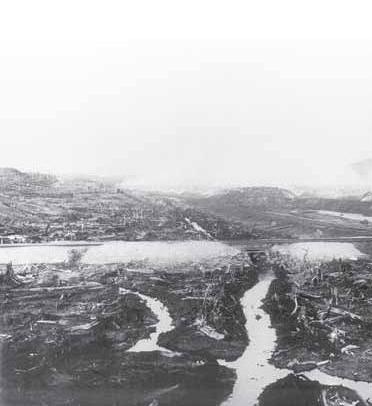 Paul Stothart is vice president, economic affairs of the Mining Association of Canada. He is responsible for advancing the industry’s interests regarding federal tax, trade, investment, transport and energy issues.
Paul Stothart is vice president, economic affairs of the Mining Association of Canada. He is responsible for advancing the industry’s interests regarding federal tax, trade, investment, transport and energy issues.
Few energy sources attract the controversy that is associated with nuclear energy and the fuel it requires – uranium. The spectre of potential radioactive accidents and leakages has long been presented by environmental groups as a cause for opposition, as has the technical and social challenge of long-term waste management. A number of governments over the years, ranging from nations such as Germany to provinces such as British Columbia and Nova Scotia, have introduced policies specifically prohibiting uranium mining and/or nuclear reactor development.
Available evidence suggests that these opponents are generally engaging in exercises of political hypocrisy. No energy source is without environmental and social consequence. Fossil fuel combustion has links to smog, acid rain and attendant health concerns. Wind energy requires large land masses, creates noise pollution and poses a hazard to birds — all to generate minor amounts of unreliable power. Hydro-power requires large-scale flooding, ecosystem destruction and resultant mercury releases. Even supposedly clean ethanol is proving to be disruptive to world food prices while presenting a marginal (or by some studies, negative) benefit regarding greenhouse gas (GHG) emissions relative to gasoline. On the health and safety front, in terms of worker and population impacts, few if any major energy sources measure up to the record of nuclear energy.


























